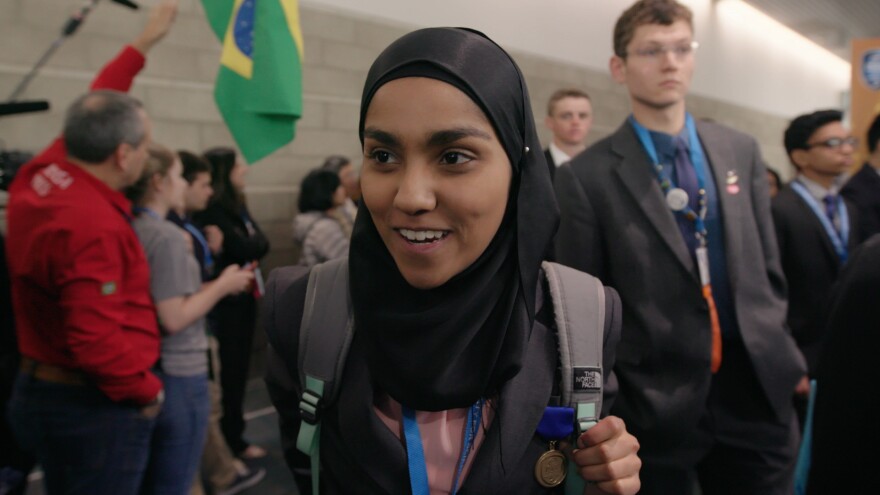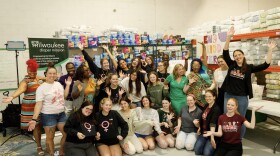Editor's note: This piece was originally published on Oct. 19, 2018.
There are science fairs, and then there are science fairs. There’s the kind we all competed in — tri-fold display, baking soda-and-vinegar volcano, marshmallow-and-toothpick molecules. And then, there’s the kind that future scientists aspire to.
The International Science and Engineering Fair, or ISEF, hosts 1,700 finalists from 75 countries to compete in 22 categories. Typically, students win national competitions to simply qualify for the chance to present their projects to esteemed judges. Winning the top prize at ISEF can lead to unique opportunities for students.
Milwaukee-native and filmmaker Cristina Constantini competed at ISEF — twice — in high school, and she says it was a life-changing experience.

"I've always been very appreciative of this world of science fair for how it shaped my life," says Constantini. "It's also a world that is fun and full of really inspiring, amazing teenagers."
She presented the project of telling the stories of these young competitors to fellow investigative journalist Darren Foster, and together they wrote and directed Science Fair.
The documentary follows nine students (and one teacher) on their journey to qualify for, present at, and experience the highs and lows of the biggest science competition in the world. The film made its world premiere at the Sundance Film Festival, winning the inaugural festival favorite award.
-WznU
"It's crazy to see something that you've made with such a small team just resonate with people. It's been a wild and surreal ride," says Constantini.
Foster says that this "wasn't a movie about science," but rather the fair itself, the culture, and the stories behind the competitors. It was also important to the filmmakers to show the range of experiences that brought these brilliant kids together — the underdogs, the misfits, the students with little support, and the reigning champions.

"A lot of people say parents do their kids' science fair projects," jokes Constantini. "But these kids all share an independent, individual curiosity for what they're doing. You can't spend that many hours a day working on a science fair project and get this far if you're not independently motivated."
Constantini and Foster say that no one is more surprised than them that their documentary has done so well. Ever since Sundance thrust their documentary into the spotlight, National Geographic has become a distributing partner with the hopes to show the film to students around the world.
"The future is bright with kids like this in it." - Darren Foster
"We're really excited about all the things that have happened with the film, but I think the thing that we're most excited about is that there's the opportunity to inspire the next generation," says Foster. "Science is progress and science is innovation and science is our future. So, it's really important, I think. And if there's one message in the film, it's that the future is bright with kids like this in it, but at the same time we really need to change the national conversation about science."
Constantini notes that when they first started production of the film in 2016, there was an existing anti-science sentiment in the country. "But it's only gotten stronger," she says. "And so, I think our movie means something different right now."






